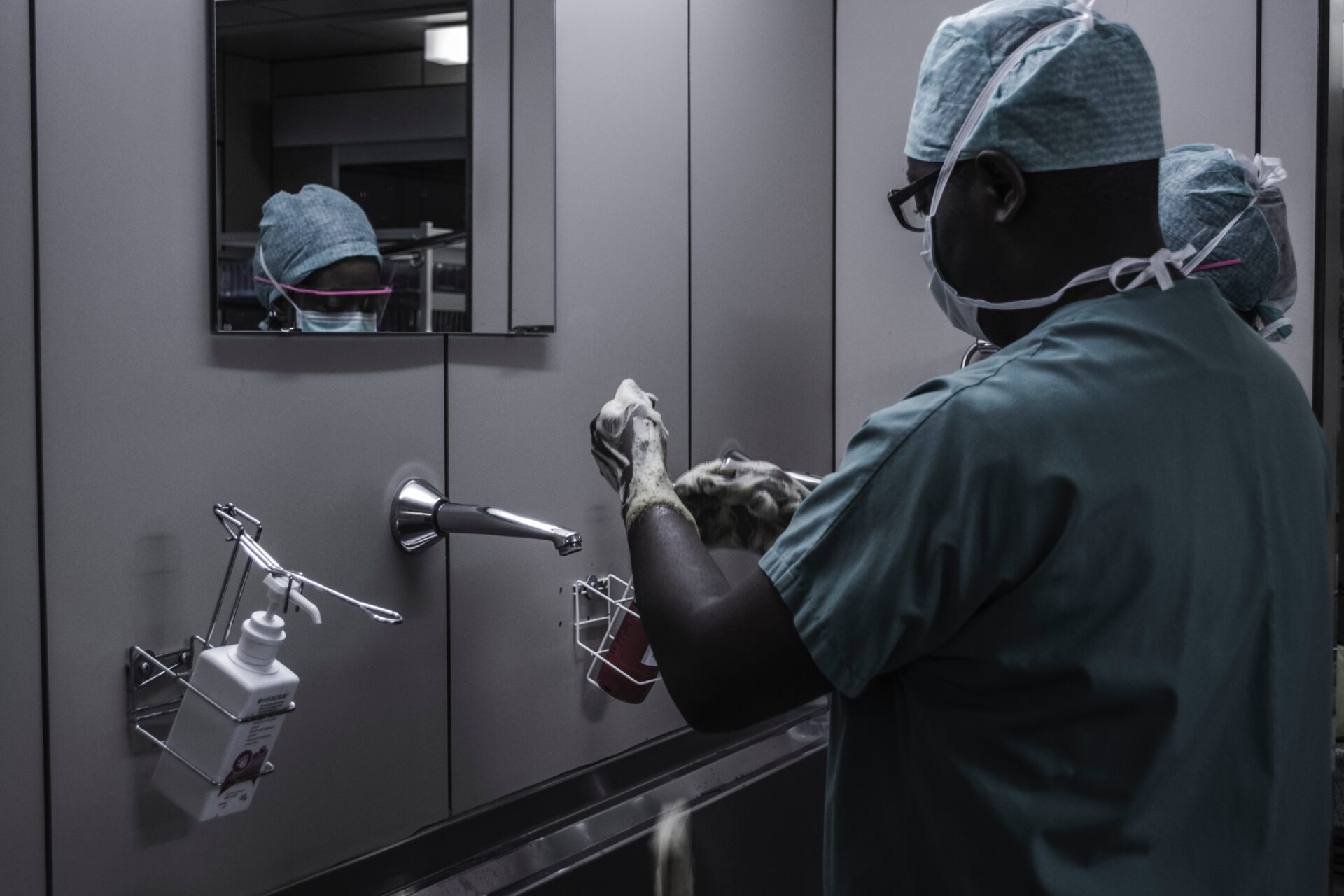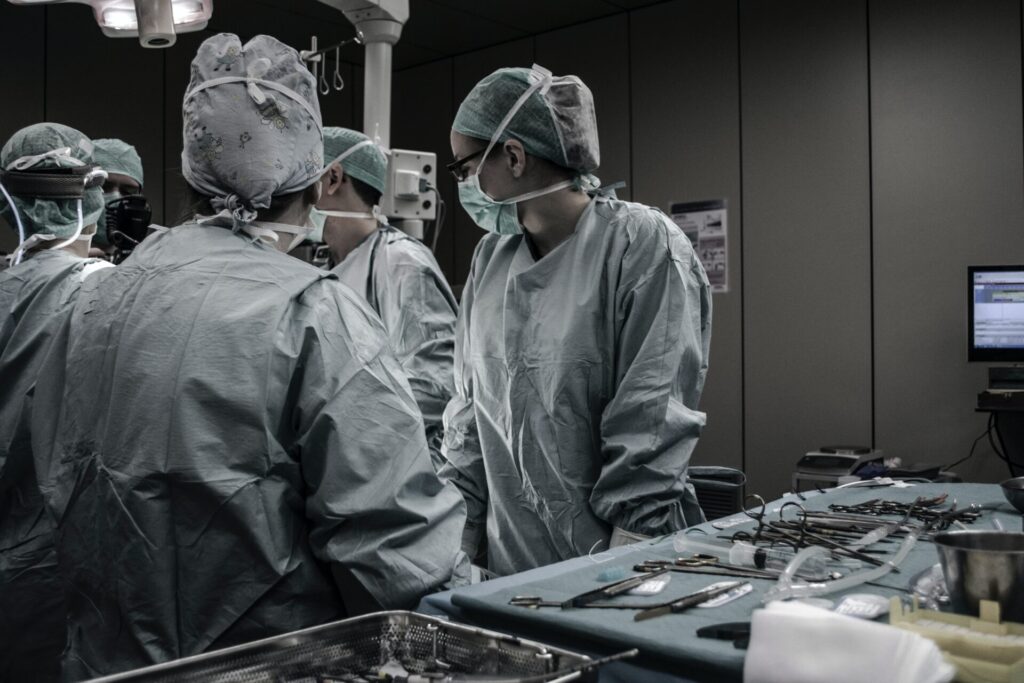Introduction
The standard precautions are the most basic level of infection control. They’re used in all healthcare settings and include hand hygiene, patient isolation, and environmental cleaning. The goal of standard precautions is to prevent the spread of germs from one person or place to another in a healthcare setting.
Standard precautions are guidelines that healthcare workers use to protect themselves and patients from the spread of disease.
These preventive measures include hand hygiene, respiratory hygiene, wearing masks and gloves when appropriate, and environmental cleaning.
Standard precautions should be used by all healthcare professionals in contact with patients when moving between patient rooms or areas where there is a risk for transmission of organisms between patients (such as during transport). It would be best if you also used them in high-risk areas such as intensive care units (ICUs), emergency departments (EDs), operating rooms (ORs), labor and delivery wards, radiology suites, etc.
All healthcare workers use standard precautions in contact with all patients.
These precautions include hand hygiene, use of masks and gloves when indicated, the proper aseptic technique for invasive procedures, and handling bodily fluids (e.g., blood) or excretions (e.g., stool).
The guidelines protect all healthcare workers, regardless of which patients they contact.
Standard precautions are universal, specific guidelines for how to prevent the spread of germs. They’re used for all patients, regardless of their diagnosis or symptoms.
Standard precautions include these components:
- Hand hygiene: washing hands and using alcohol-based hand sanitizers before and after any contact with a patient; putting on gloves if you think you might touch body fluids.
- Masking/gowning when entering rooms or working near patients with infectious diseases (such as tuberculosis).
- Disinfecting surfaces (such as floors) may have been contaminated by bodily fluids such as blood or saliva.
Healthcare workers use personal protective equipment (PPE) as standard precautions.
As part of standard precautions, healthcare workers use personal protective equipment (PPE) to protect themselves from infectious diseases and prevent disease spread to patients.
- Healthcare workers wear PPE when treating patients who may have an infection or when caring for patients with suspected infections.
- Examples of PPE include gloves, gowns, and masks.
- When not needed, your should remove PPE immediately after use; if you cannot remove it immediately after use, you should cover yourself with clean clothing from head to toe.
Healthcare workers should always use gloves, gowns, face shields, and surgical masks when caring for patients with suspected infectious diseases.
In healthcare, standard precautions are the most basic and widely used. These standards are designed to protect healthcare workers and other patients from exposure to blood-borne pathogens such as HIV and hepatitis B.
- Wear gloves when touching a patient or anything in their immediate vicinity (beds, clothing, etc.). When wearing gloves, only touch clean items or surfaces with your hands. Do not use your bare hands for any reason if you have been wearing gloves throughout your shift because it could contaminate your clothes if they have cuts or abrasions.
- Wear gowns when caring for a patient who is incontinent or has an open wound that could splash body fluids onto you. If you do not wear gowns during these procedures, then wear masks so that your mouth does not come in contact with any contaminated material that may be on the patient’s clothes or skin (i.e., vomit).
Additional PPE may be necessary depending on the task performed and the type of infection suspected.
If a task requires additional PPE, it should be changed when the task changes. For example, if you provide wound care and measure the patient’s vital signs after removing your gloves while performing this task, you would change your gloves again before taking their blood pressure or pulse reading. The same applies if the patient’s condition changes. If they become more acutely ill or injured during your assessment, it may be necessary to provide additional protection to ensure that their wounds do not become infected.
- Additional PPE is required when the infection risk increases due to an exposure event (e.g., splash in eyes/mouth) or an accidental needle stick injury occurs while providing healthcare services such as IV infusion therapy.
- Suppose contaminated PPE becomes damaged or soiled with body fluids/excretions from patients treated for infectious diseases (e.g., C difficile). In that case, it must be removed immediately and replaced with clean PPE before caring for another patient.
Conclusion
We hope you’re better informed about standard precautions and how they can help keep healthcare workers, patients, and their families safe. These guidelines were first published in 1996, but they were updated in 2014 to include new information about preventing the transmission of Ebola and other emerging pathogens. The guidelines are meant to protect all healthcare workers regardless of which patients they come into contact with—and as such, they should always use gloves, gowns (or scrubs), face shields, and surgical masks when caring for suspected infectious diseases. Additional PPE may be necessary depending on the task performed or the type of infection suspected.




